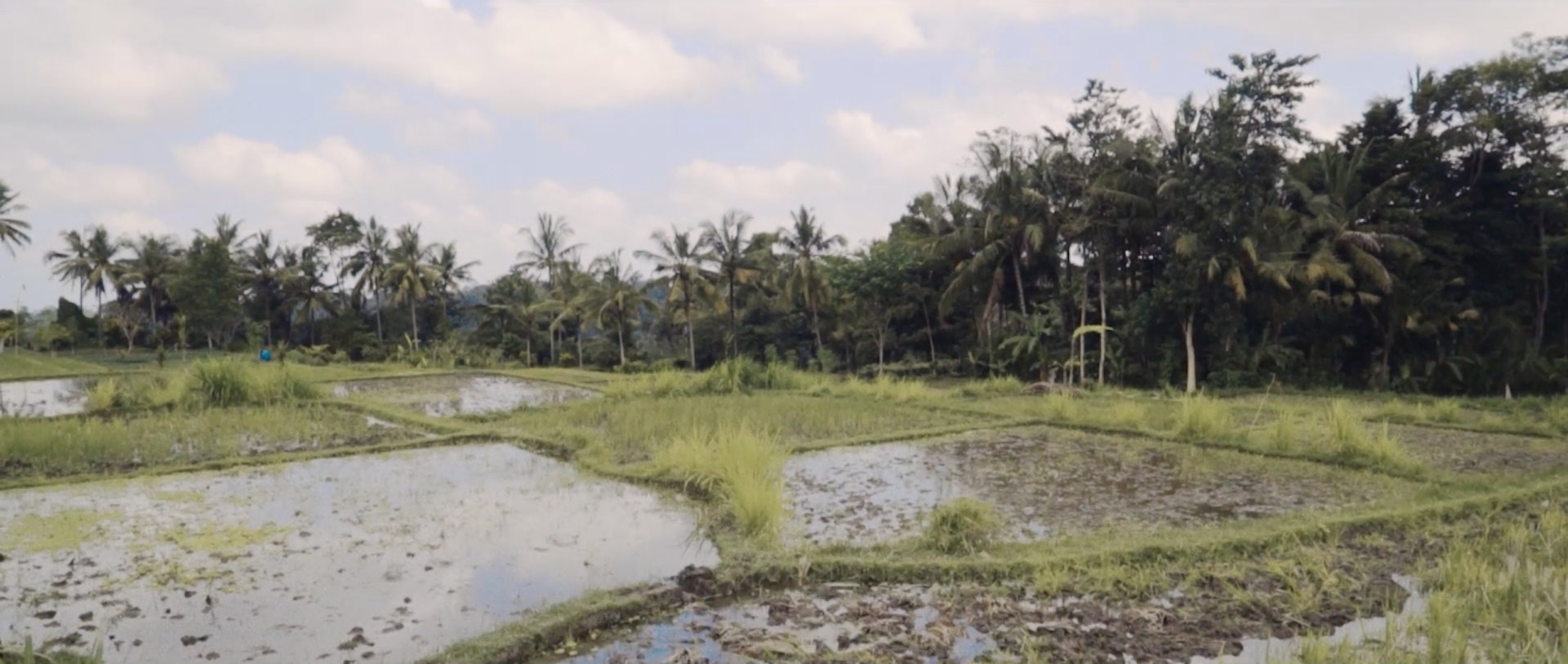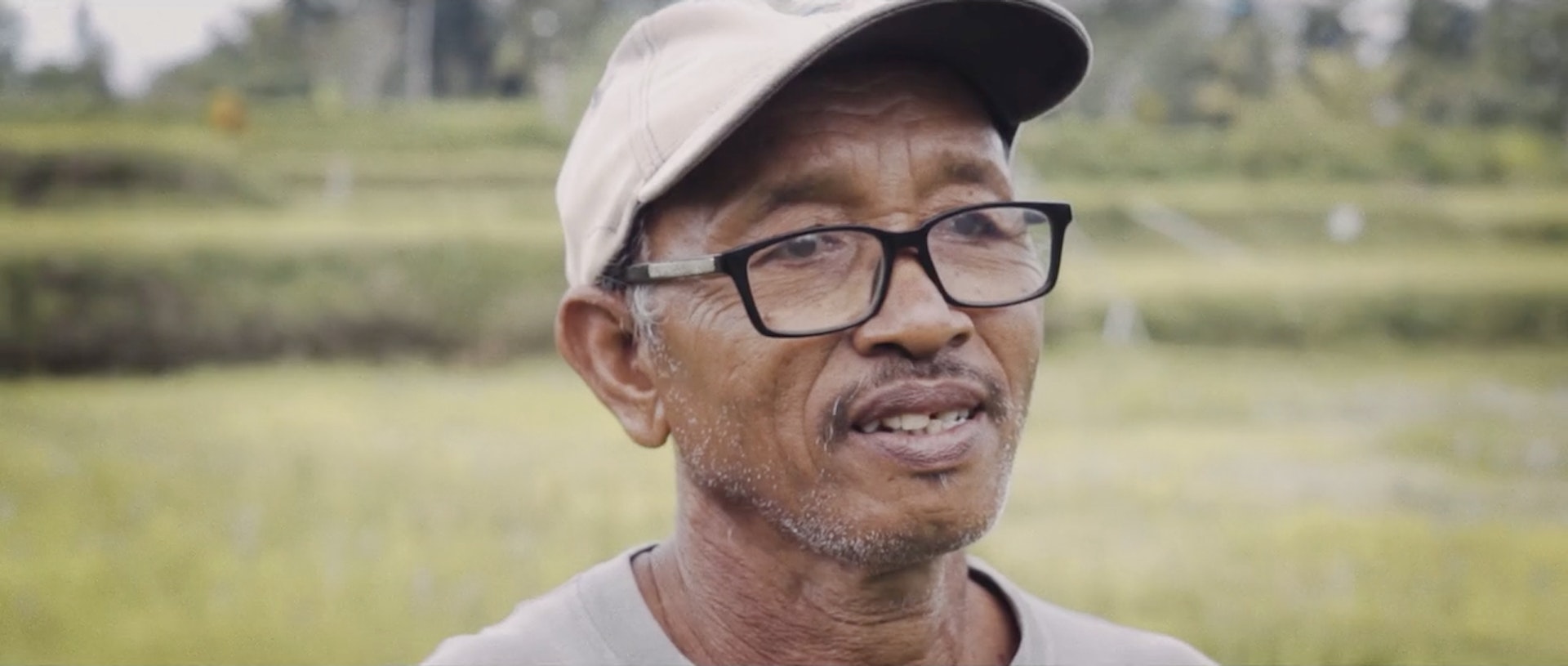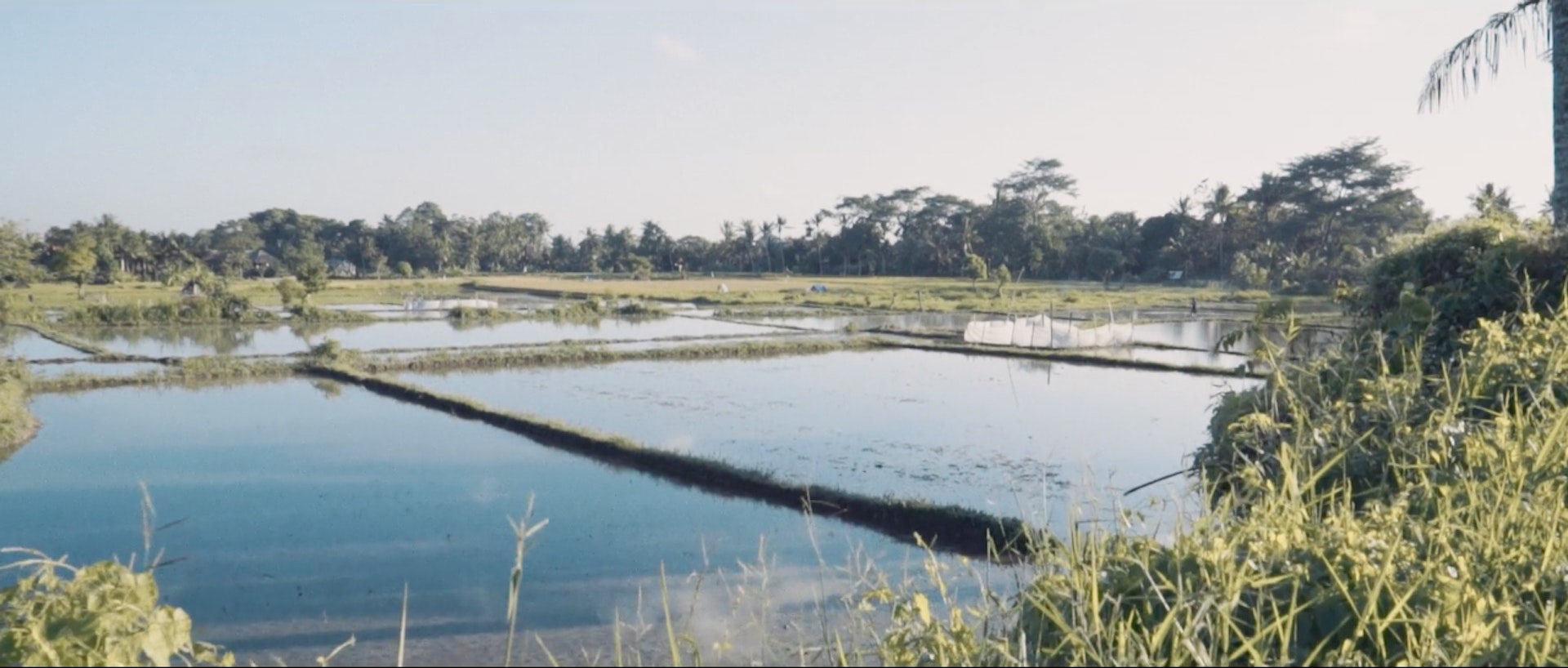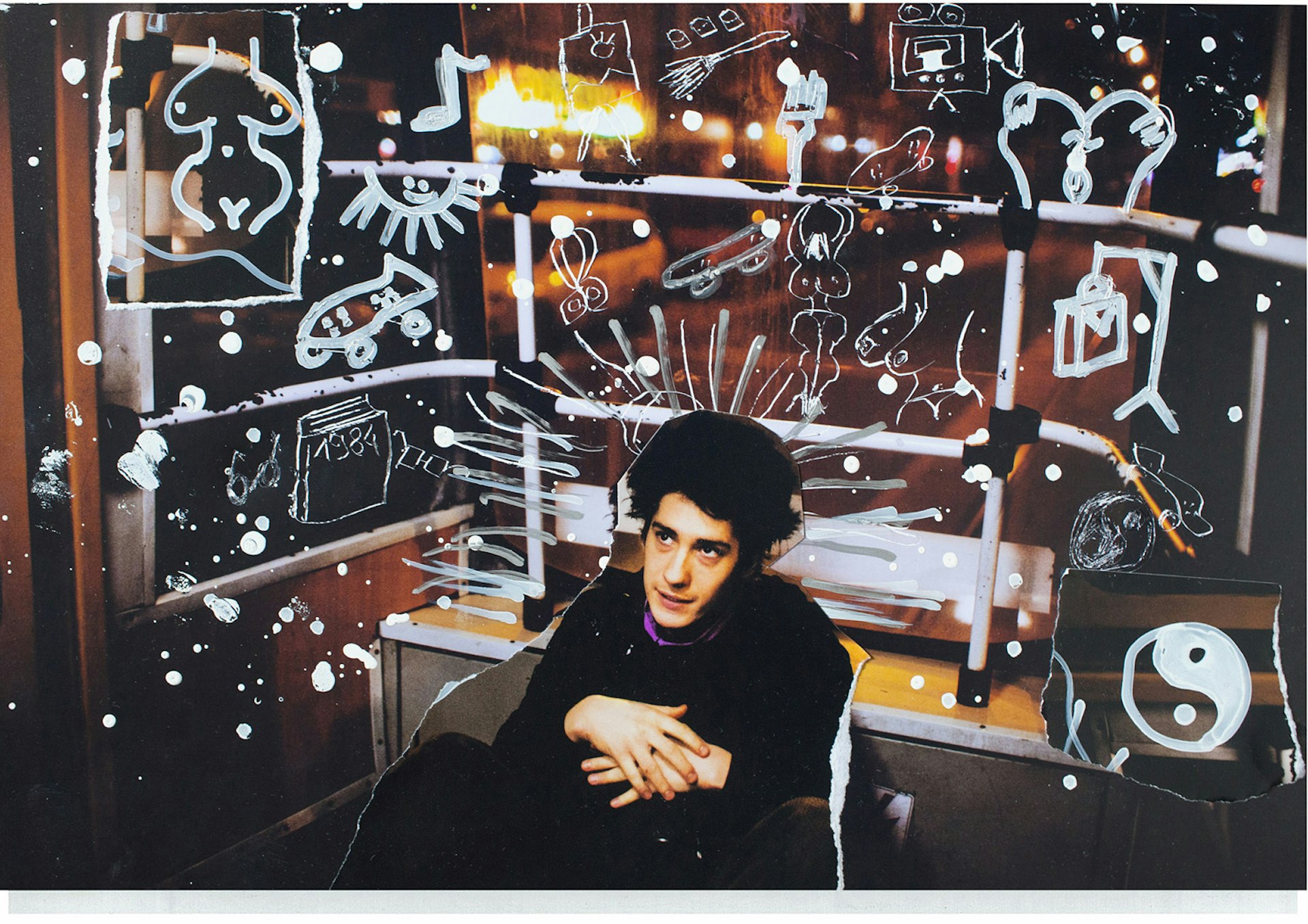
The Bali farmer rejecting tourism money to protect sacred lands
- Text by Atina Dimitrova
- Photography by Marko Randelovic
The moral values of a Balinese farmer, is turns out, outweighs the temptation of $40,000.
That’s how much developers offered 64-year-old Made Anggir for his rice paddies – a strip of land with enormous potential for an already thriving tourism industry.
For Made, however, those paddies are a symbol of his family values, origins and upbringing.
There’s a temple by the nearby river, for instance, which his family has used to collect holy water for generations. Now the same investor has blocked all access to it.
And although $40,000 is an incredible amount of money in Bali, Made held firm in his convictions. There was no way he’d sell.
This story of resilience is captured in Sawah, a short documentary by photojournalist and filmmaker Marko Randelovic, who wanted to see how tourism affects everyday life in Bali.
“Made’s thoughts are echoed by others but unfortunately many are still willing to give up their land – and often they’re in desperate need of cash, so you can’t blame them,” says Randelovic.
Randelovic, a nomadic traveller who frequently works with charities and social movements, was drawn to the story when he learned of the #BaliNotForSale campaign on a visit to the country.

That’s how he learned about Sawah Bali, a charity helping farmers like Made make a good return on his organic crops by helping him sell them to eco-friendly restaurants.
“I was surprised by the lack of action by the government to stop investors from building on sacred sites and what seems a poor policy on helping organic farmers,” says Randelovic, who hopes his exploration of the topic will initiate a wider conversation.

“It’s such a pressing issue here in Bali at the moment, but it was incredibly worth it after we saw the reception the film got and our ability to reach English speakers across the world,” he says.
“From the feedback it also seems like many other people across the world, for example in South America, could relate to the same problem of tourism encroaching on lands.”
Check out Marko Randelovic’s portfolio or find out more about Sawah Bali.
Enjoyed this article? Like Huck on Facebook or follow us on Twitter.
